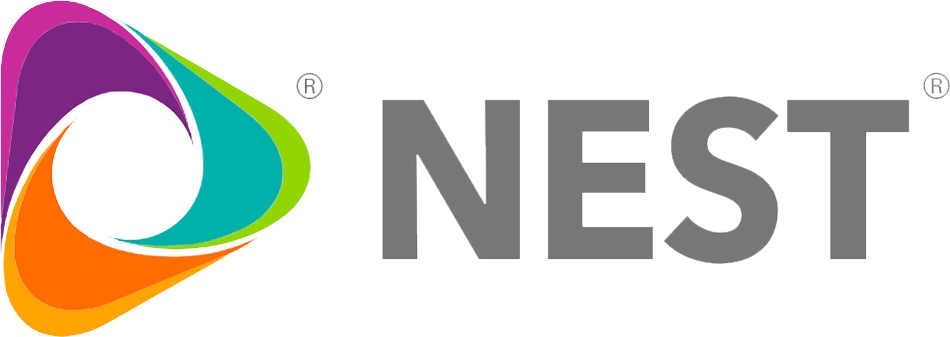A high-performing facilities management (FM) program depends on coordinating a medley of people, processes, and equipment across space and time. Service providers, in particular, can have a significant impact on FM health. Provider underperformance can slow down productivity and raise program costs.
For example, a piece of equipment improperly serviced can cause more costly fixes later. Even a service provider late to a site can throw off the day’s preventative maintenance schedule.
Here are seven ways to maximize the effectiveness of your existing FM providers.
1. Establish Clear Goals That Align With Organizational Objectives
Your FM program impacts your organization’s strategic success. If employees are less productive because their office environment is uncomfortable or customer visits are declining because of unsanitary store conditions, your profitability will suffer.
Ensure your service providers understand their specific goals and how they fit in with your organization’s broader mission. For example, if delivering an exceptional in-store experience depends on piping in today’s coolest sounds, the audio equipment should be top notch一and so should the maintenance.
2. Adopt a Comprehensive Measurement System to Evaluate Provider Performance
A comprehensive and transparent review system can help maintain brand standards and motivate service providers. Consider objective criteria, such as response time, resolution time, and cost. When they understand the basis for evaluation, they are more likely to respond positively and prioritize those criteria.
Over time, this will also improve your service provider network. Those who don’t meet the standard are weeded out to make room for those who are more reliable.
3. Use Service Automation for Dispatch
A work order platform that enables automatic service provider dispatch reduces provider response and completion times and boosts program effectiveness. No need to make sure you connect via email, phone call, or text. A notification from your work order management software is more likely to get their attention and get them to the job site sooner.
4. Encourage Regular Communication
Things don’t always run as smoothly as we’d like. Unforeseen issues arise, mistakes are made, and things happen. When a situation occurs, quick and efficient communication with the onsite crew can make a big difference in damage mitigation later.
Your service providers should supply status updates and suggested solutions as soon as possible. If you make yourself available to answer questions, or provide assistance, they will respond.
Even when things are running smoothly, regular communication can help uncover insights and build trust and rapport一which will be vital to resolving issues and crises when they come up.
5. Ensure They Communicate Using a Preferred Method
Phone, text, online platform, face to face一do your service providers know the most effective way to reach you or other team members? If you’re looking for status updates in your work order management system, but your provider is unfamiliar with the software, you may miss their text. Not every provider will be familiar with every approach, so it’s worth asking before you send them to the field.
If they don’t know your software platform, ensure they learn it. While this may add costs in the short run, it will save time and other resources down the road.
6. Help Them Build Their Businesses
When service providers can clean floors and carpets, for example, that can save your program real money. However, many service providers may not have the resources or know-how to expand their businesses with complementary services.
Encourage your service providers to broaden and develop their skill sets with incentives. This could be done formally by internal instruction, or an exchange, in which providers trade services for instruction or other resources.
7. Ensure They Are Compliant & Up to Date on Licensing Requirements
Employing service providers who are not adequately insured and licensed adds significant risk to your FM program.
You don’t want to find out later a customer has slipped on a recently washed restroom floor and the responsible service provider is behind on their general liability insurance.
NEST Does All This for You & More
NEST’s Integrated Facilities Management (IFM) solution provides clients the support they need to ensure their existing FM providers are working effectively. Through the support of its Compliance Group, NEST works with providers to keep trade licenses, insurance, and other eligibility requirements up to date.
The NEST Quality Assurance (QA) team spends their days in the field, following up on work done and ensuring client brand standards are met, if not exceeded. NEST’s service verification process includes ISP-weighted scorecarding with site management input, ensuring clients get an accurate read of their service providers’ performance in the field.
These are just some of the benefits of NEST’s IFM solution, a holistic approach to FM, including smart work order technology一with mobile functionality, an Independent Service Provider (ISP) network, 24/7 operational command support, powerful analytics, and financial consulting services. And NEST doesn’t charge technology fees typically required by other industry providers.
Integrating these components across your program improves operational efficiency, uncovers cost savings, and increases organizational agility.







